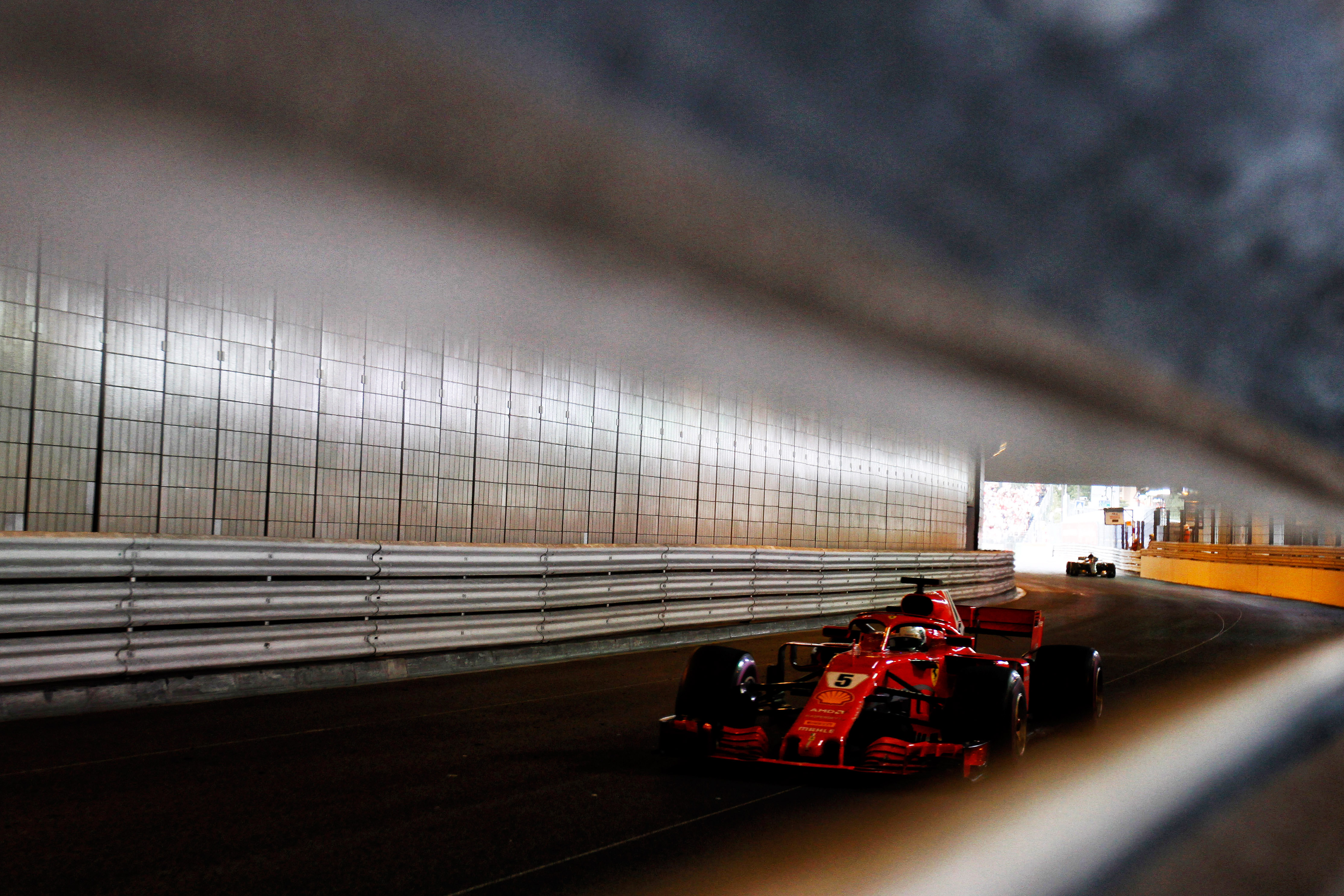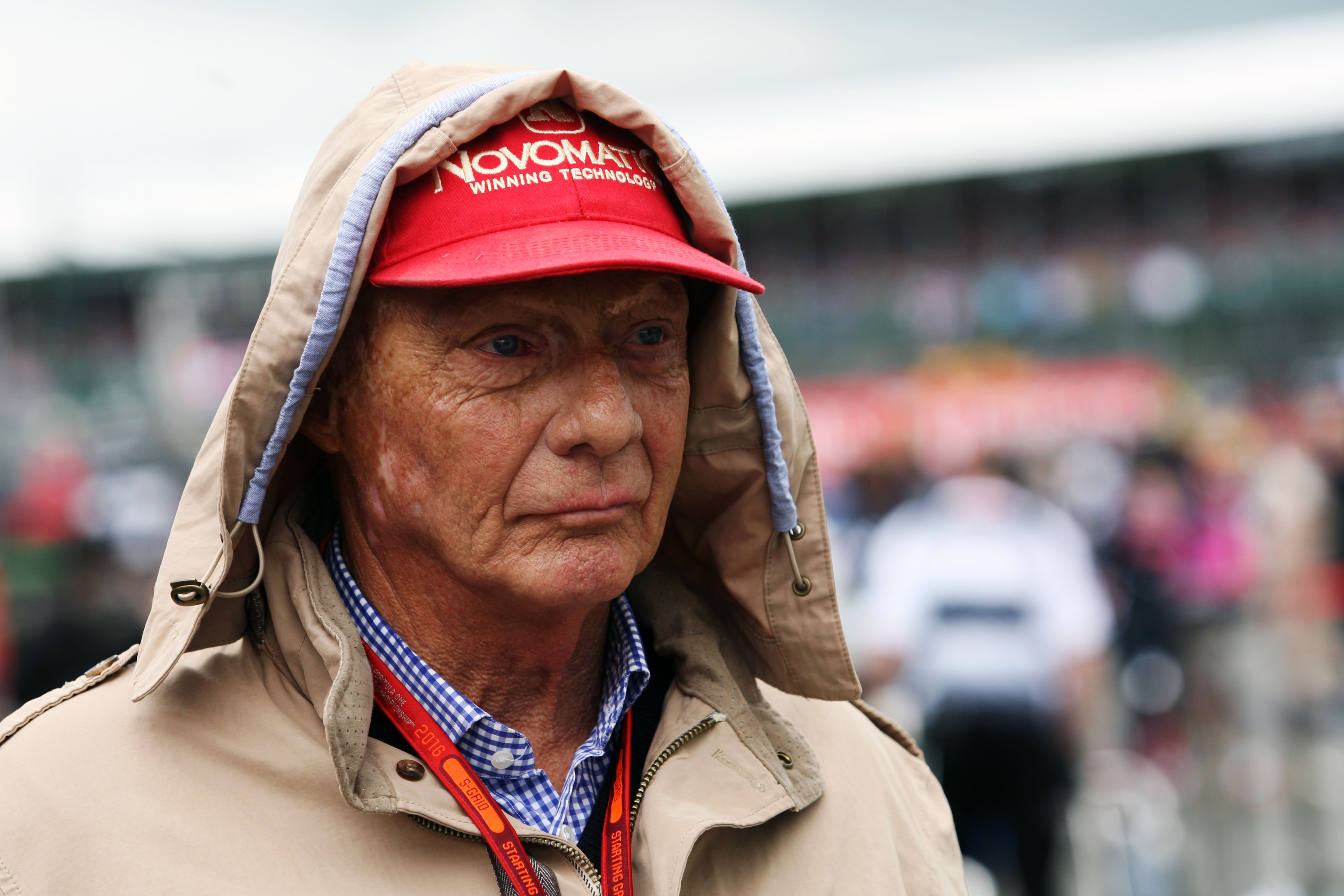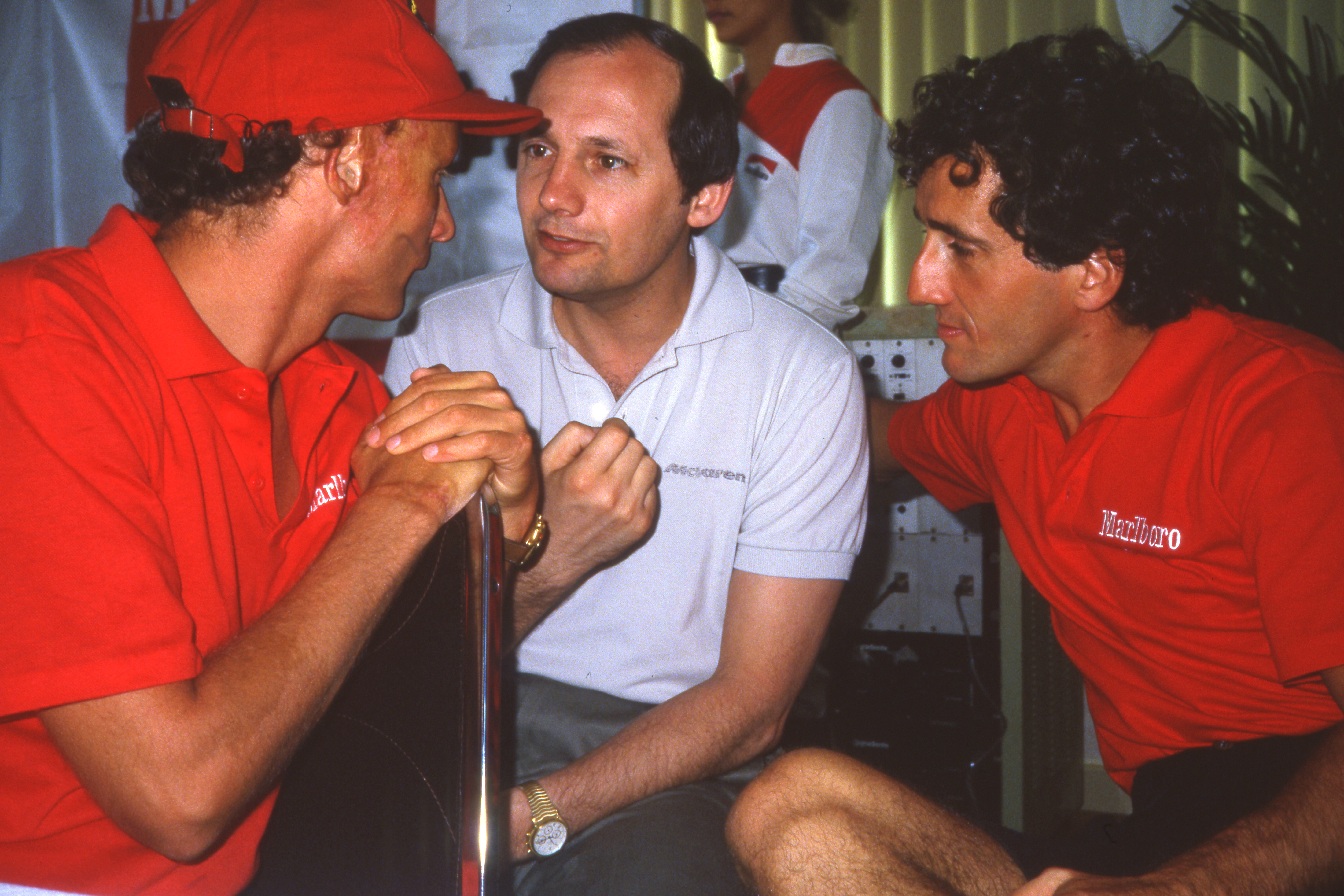Up Next

The last time I spoke properly for any length of time with Niki Lauda was on the Wednesday of the 2018 Monaco Grand Prix weekend. He came over and joined in a conversation I was having with Bradley Lord, the head of Mercedes communications.
Niki was very casual and mischievous, just his usual self. He was always a touchstone of sanity. Whenever I couldn’t get my head around the complexities of something, or their importance or relevance, he was the perfect guy to go to. His view was invariably delivered with characteristic humour and if he saw that you were amused, it would just encourage him all the more – building upon his original point he’d get steadily more outlandish.
He actually seemed much more involved in the fabric of Formula 1 during his time at Mercedes than when he’d just been a TV pundit, the legendary triple champion ex-racer. You never forgot that this was that guy because of the scars. But it was there also in his attitudes – they were those of a racer. Responsive, quick, uncompromising, logical. That was the texture of his humour too. It was all one texture, running through every aspect of him.

So on this particular occasion, he asked what I wanted to know about the Ferrari twin battery that was at that time the subject of much agitation among the other teams.
I gave him my understanding of it, he gave me his – and why it was potentially a problem. He wanted clarity from F1 about it and if a twin battery was permitted, then he wanted to know, could Mercedes have a triple battery? And if not, why not? He’d clarified the pertinent questions in my mind – which was probably his intention. Shortly thereafter I sought out Charlie Whiting and put those questions to him. Charlie patiently gave me a very in-depth explanation about their understanding of the system and what was being done to monitor it in a way that would make it impossible to be used in the way that some were fearing it might be. That formed the basis of the story which followed. But it was triggered by Lauda and that questing search for reason.
A few years earlier I’d been walking down the Montreal pitlane just after the race in which McLaren had left the race-leading Juan Pablo Montoya out under the safety car and pitted Kimi Raikkonen – who was in a much stronger championship position – thereby inverting their positions and laying the foundation for Raikkonen’s win.

Walking towards me was Ron Dennis who under the circumstances was probably less than delighted to see me.
“No, it had been a radio communications mix-up,” Ron insisted, “not a deliberate ploy.”
Just as he was explaining that there’d be a conference about it later, Niki – who still had a playful but edgy combative relationship with Ron, dating back to their time together at McLaren – walked up and joined in.
“That was lucky, Ron, huh? The safety car allowed you to screw Montoya, huh?”
“No,” Ron replied, clearly very uncomfortable that Niki was saying this in front of me (which was exactly why Lauda was enjoying the moment so much). “No, there was a mix-up on the radio and…”
“Bullshit!” said Niki with a cheeky spark in his eye. He winked at me, then walked off, smiling his toothy smile.

“What was your best race, Niki?” I asked him at Monaco after we’d finished talking about the Ferrari twin battery.
“Here,” he said immediately. “In ’78, in the Brabham. Got a puncture, had to pit, came back through the traffic, went faster than my qualifying time, got back up to second.”
So as I was talking to Charlie later that afternoon, I recalled that he’d been Lauda’s mechanic then. “Yes,” he agreed. “Niki was on fire that day. But what really impressed me was that he’d been able to feel the slow puncture, because the tyre didn’t look flat. So after we’d got him back in the race, I checked it. It was 2psi down and there was a puncture. But he’d felt it so early.’
Question posed, problem detected, defined, actioned upon. Maximum efficiency, minimum fuss.




